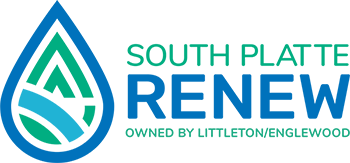At South Platte Renew, we use a biological treatment process that harnesses the natural power of native bacteria to sustainably clean and renew water using the least amount of chemicals and energy possibly. We protect public health and the environment by treating the waste in the water and recovering vital resources during the process.
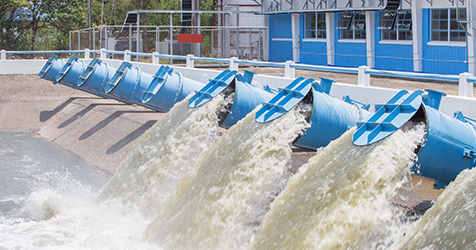
Influent
South Platte Renew is the 3rd largest water renewal facility in Colorado and cleans nearly 24 million gallons of wastewater a day from 300,000 residents in Littleton, Englewood and 19 other connecting communities.
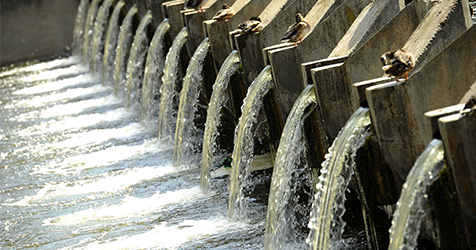
Preliminary Treatment
Wastewater enters the screening process where large objects such as rags, rocks and other debris are removed. Then it flows into grit chambers where smaller, heavier materials such as sand are removed.
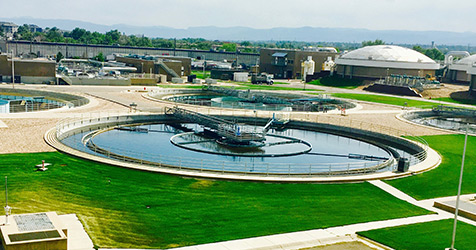
Primary Treatment
Wastewater enters primary clarifiers where heavy organic materials sink to the bottom and the lighter materials such as grease and oil rise to the top and are removed. The organic materials that settle to the bottom are removed and sent to anaerobic digesters for further treatment.
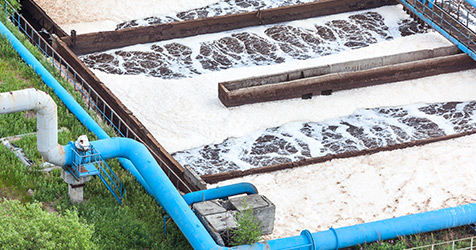
Secondary Treatment
Water from Primary Treatment is pumped through multiple processes which utilizes microorganisms to treat and remove the remaining organic material and nutrients. Solids removed from secondary treatment are thickened and sent to the anaerobic digesters. The renewed water is then disinfected and released into the South Platte River.
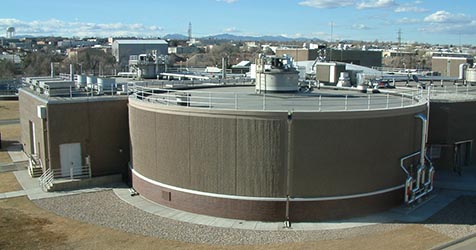
Anaerobic Digestion
Solids removed during treatment are blended in a mixing tank and pumped into anaerobic digesters. A natural decomposition in the absence of oxygen takes place in the digesters. Materials are held in the digesters for a minimum of 15 days at 95⁰F to achieve a specific level of pathogen destruction and stabilization. Methane gas, a by-product of the digestion process, is captured and used to generate electricity and to heat water for the digesters.
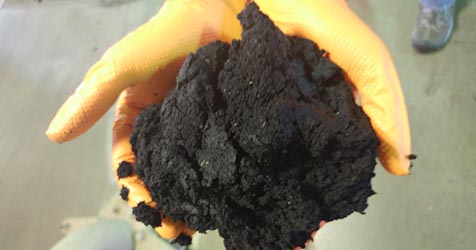
Dewatering
Digested solids, now called “biosolids,” are pumped into centrifuges where excess water is removed. The finished biosolids product is approximately 18 percent solids.
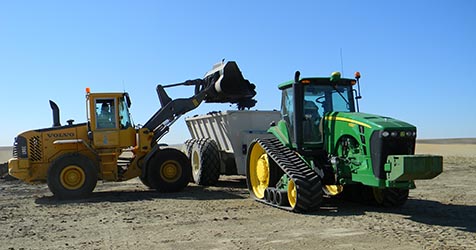
Transport and Distribution
Dewatered biosolids are then transferred into large hoppers before being loaded onto trucks and hauled to agricultural application sites.
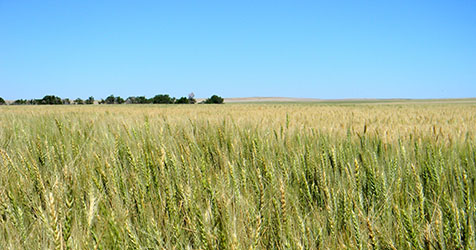
Staging Area and Land Application
At agricultural application sites, trucks unload the biosolids in the staging area and then load the biosolids into the applicator equipment. Using GPS, applicators travel across the designated application site applying the biosolids at the specific agronomic rate for the crop to be grown in the field.
Click here for detailed information of the process.
Water Resource Recovery Facility 3D virtual Tour: This virtual tour of a water renewal facility—commonly called a wastewater treatment plant—discusses how these facilities recycle the water and waste we flush down the drain. Water resource recovery facilities can also recover nutrients, generate energy, and create biosolids for use as fertilizer. This tour takes viewers through primary, secondary, and advanced treatment as well as the plant headworks and biosolids treatment process. It was developed by the Water Environment Federation and Gage 3D Studios (www.gage3d.com).
